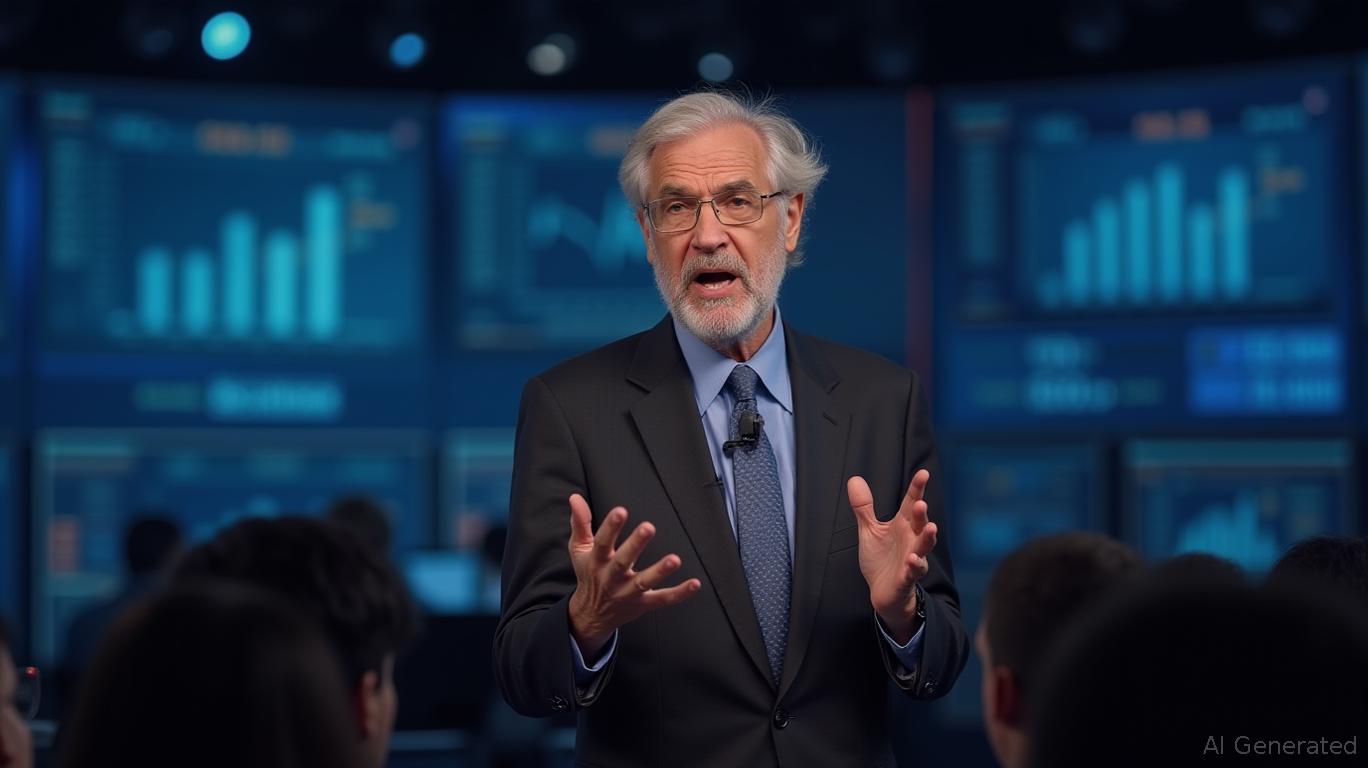U.S. and China Move Closer to Trade Ceasefire as Retaliatory Tariffs Intensify
- U.S.-China trade talks in Kuala Lumpur show progress, with both sides aiming for a preliminary agreement before Trump-Xi summit. - U.S. proposes 157% tariffs on Chinese goods over fentanyl concerns, while China imposes reciprocal port charges on U.S.-linked shipping. - Escalating tit-for-tat measures risk global shipping costs and trade routes, as tensions rise ahead of U.S. presidential elections. - Negotiations focus on de-escalation amid mutual threats, with Trump signaling openness to direct talks de
Recent talks between U.S. and Chinese trade officials have seen notable advancement, with both parties voicing hope for a preliminary deal before a possible summit between President Donald Trump and President Xi Jinping. On October 26, U.S. Trade Representative Jamieson Greer mentioned that the discussions in Kuala Lumpur are
China’s Vice Premier He Lifeng and chief negotiator Li Chenggang took part in the meetings, highlighting the importance of reducing friction as both countries increase their threats. The U.S. has announced plans for new tariffs of up to 157% on Chinese imports beginning November 1, citing worries about fentanyl trafficking and restrictions on rare earth exports. Trump has justified these tariffs as a reaction to China’s supposed involvement in sending fentanyl to the U.S. through Venezuela, but he has also indicated a willingness to resolve matters directly with Xi,

In response, China has introduced its own countermeasures. The Ministry of Transport (CMOT) revealed new port fees for ships with American connections, mirroring the U.S. Section 301 tariffs that target Chinese shipping and logistics. These fees, which will rise each year, aim to put pressure on U.S.-affiliated shipping while excluding vessels made in China. Experts point out that this move is part of a growing tit-for-tat strategy, and
The negotiations are taking place during a period of increased geopolitical strain. Trump’s five-day visit to Asia, which includes a scheduled summit in South Korea, highlights the pressing need to resolve these disputes ahead of the U.S. presidential election. Although Beijing has not yet confirmed a meeting between the leaders, officials from the White House
Disclaimer: The content of this article solely reflects the author's opinion and does not represent the platform in any capacity. This article is not intended to serve as a reference for making investment decisions.
You may also like
Dogecoin News Update: Layer Brett's DeFi Advantage Draws Investors While Dogecoin Faces Setback
- REX-Osprey DOGE ETF, the first U.S. spot ETF for Dogecoin (DOGEUSD), launched on September 18, 2025, attracting institutional investors. - Dogecoin faces $0.20–$0.21 resistance after a 16% monthly decline, pushing investors toward Layer Brett (LBRETT) as an alternative. - Layer Brett, an Ethereum-based meme-DeFi hybrid, offers staking rewards, low fees, and 600% annualized returns, drawing crypto enthusiasts. - With $4.4M in funding and 10B tokens, Layer Brett combines utility and community incentives, p

Krugman Cautions That AI-Fueled Expansion May Widen Inequality and Deepen Economic Disparities
- Nobel laureate Paul Krugman warns the U.S. economy faces "abnormal" challenges, including AI-driven inequality, stagnant employment, and deepening polarization. - He highlights three key issues: sectoral divides from AI growth, an "employment freeze" with limited job access, and K-shaped growth favoring high-income groups. - Krugman criticizes delayed data releases and urges policy reforms to address systemic imbalances, as global trade tensions and Trump-era tariffs complicate economic stability. - His

BNB News Update: As BNB Levels Out and AVAX Declines, Crypto Investors Turn Their Attention to MoonBull
- BNB stabilizes above $1,100 amid Kyrgyzstan's BNB-backed stablecoin/CBDC partnership with Binance's CZ, while MoonBull ($MOBU) emerges as a high-ROI altcoin focus. - MoonBull's presale model offers 9,256% projected ROI through 23 price stages, 95% APY staking, and deflationary mechanics (liquidity, reflections, burns) to drive scarcity. - T. Rowe Price's $1.51T asset manager's crypto ETF filing signals institutional adoption, contrasting with AVAX's 14.85% monthly decline and bearish indicators. - $MOBU'

Bitcoin News Update: Bitcoin's Reputation as 'Digital Gold' Sparks Shift from Ethereum ETFs
- Ethereum ETFs saw $18.77M outflows in late October as investors shifted to Bitcoin, deepening crypto market divergence. - Bitcoin ETFs gained $73.63M in inflows via BlackRock's IBIT, maintaining $146.27B in net assets vs. Ethereum's $25.81B. - Bitcoin's price stabilized at $108,630 while Ethereum fell 0.89% to $3,832, reflecting institutional preference for Bitcoin's stability. - Fidelity's FBTC and Bitwise's BITB attracted $75.33M in October inflows, reinforcing Bitcoin's ETF leadership over Ethereum.
